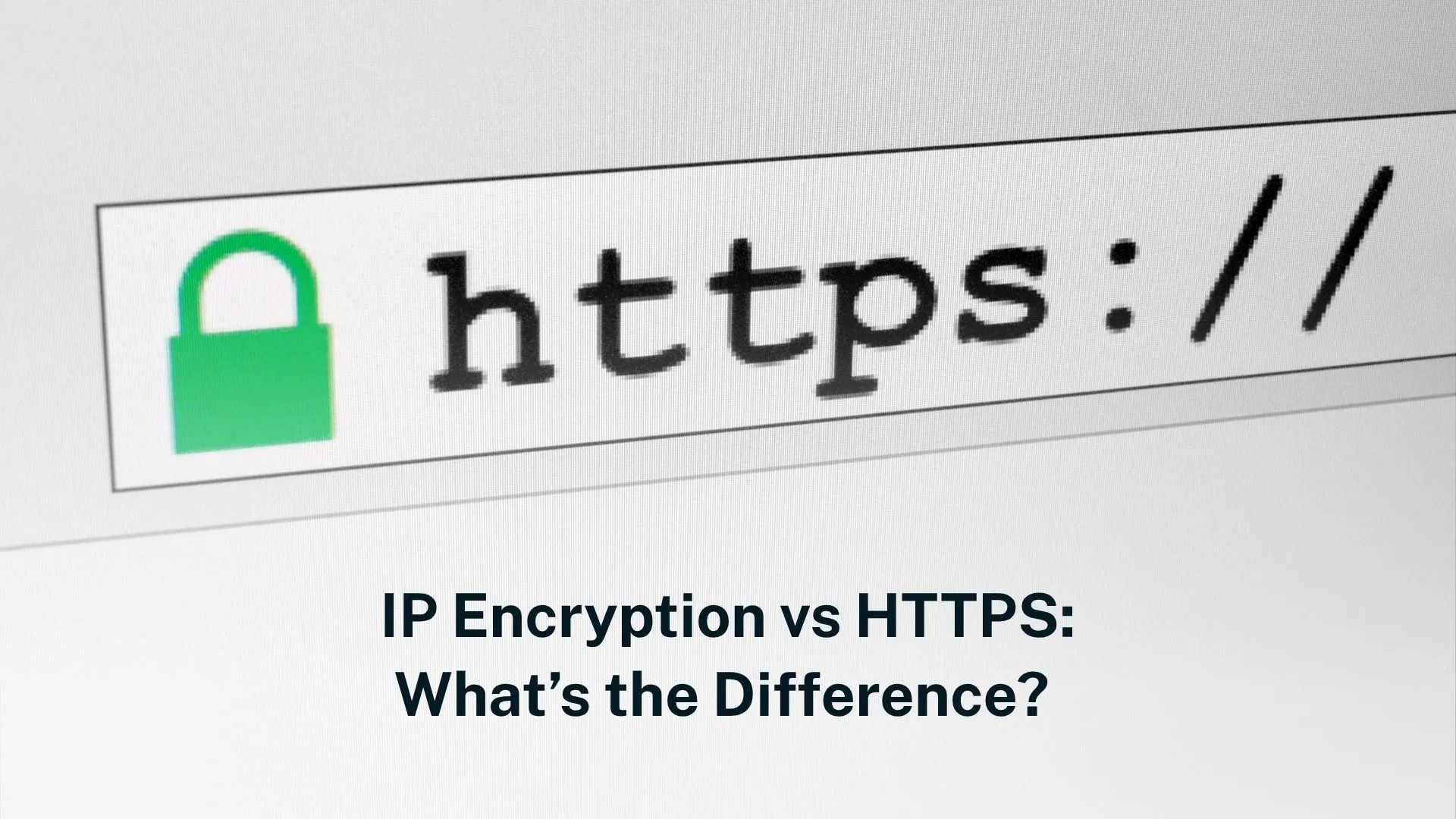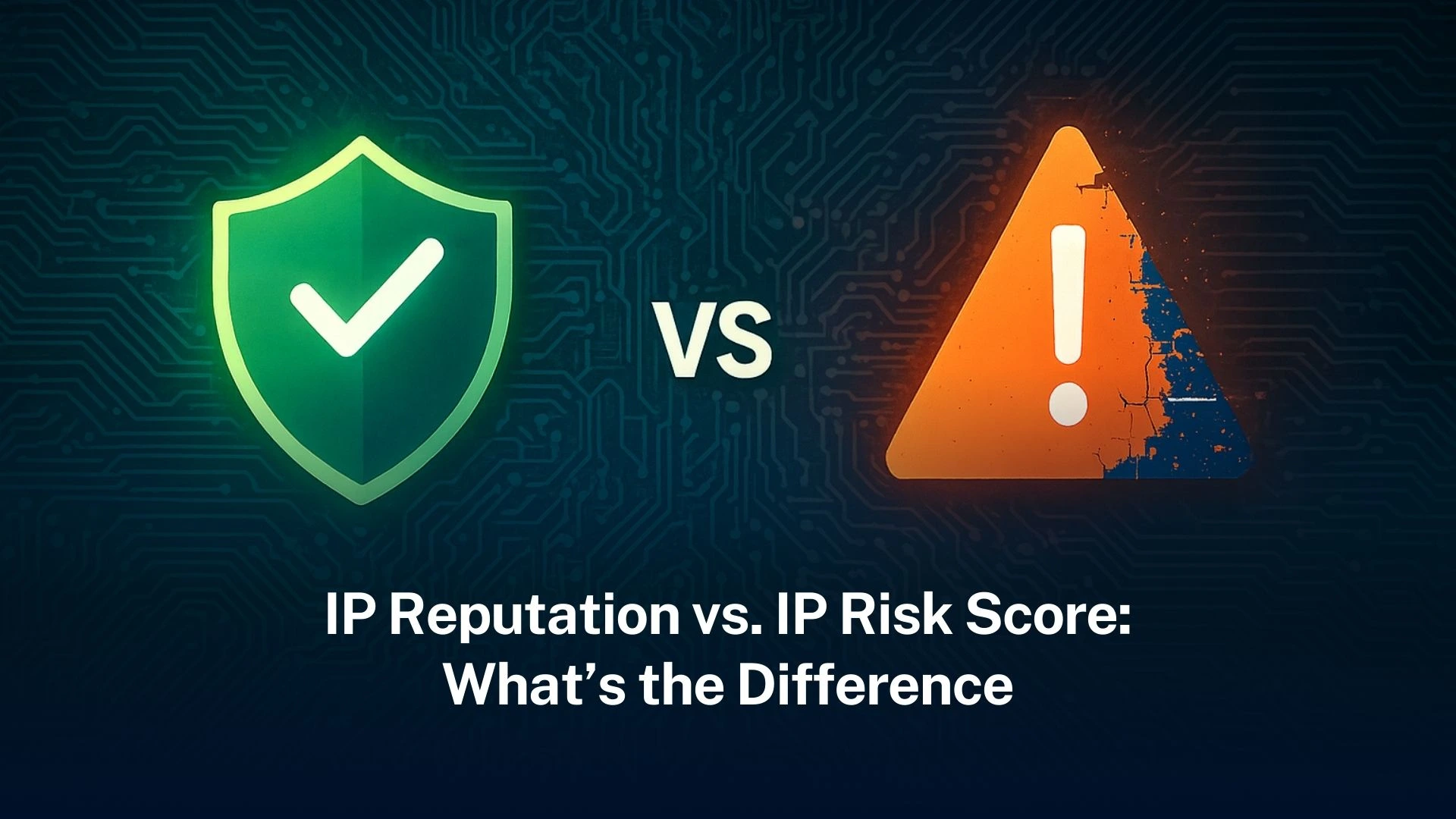IP encryption vs HTTPS: what’s the difference?

- High-security environments may require layered encryption
Organisations operating under strict regulatory frameworks—such as banks or government agencies—may use IPsec to secure internal communication across data centres or office branches, protecting all IP traffic and concealing metadata like source and destination IP addresses. - HTTPS ensures public-facing application security
In the same environments, HTTPS is typically employed to secure external web services such as online banking platforms, ensuring encryption at the application layer and providing identity verification through trusted digital certificates. - Zero-trust architectures benefit from protocol layering
In modern zero-trust security models, both protocols may be used together to achieve defence-in-depth. IPsec enforces policy-based encryption across internal network segments, while HTTPS protects individual client-server interactions over HTTP. - Dual-layer encryption introduces operational complexity
Running both protocols in tandem can complicate deployment and maintenance. It may require additional certificate management, custom configurations, and more involved troubleshooting—especially when performance or compatibility issues arise. - Justified only in compliance-driven scenarios
The security benefit of overlapping encryption is often minimal unless explicitly mandated by standards such as FIPS 140-2, HIPAA, or classified system requirements. - Not the default choice for most organisations
For most use cases, a single well-implemented protocol is sufficient. The decision to use both should be guided by risk assessment, data classification, and regulatory obligations, rather than assumptions about added security.



